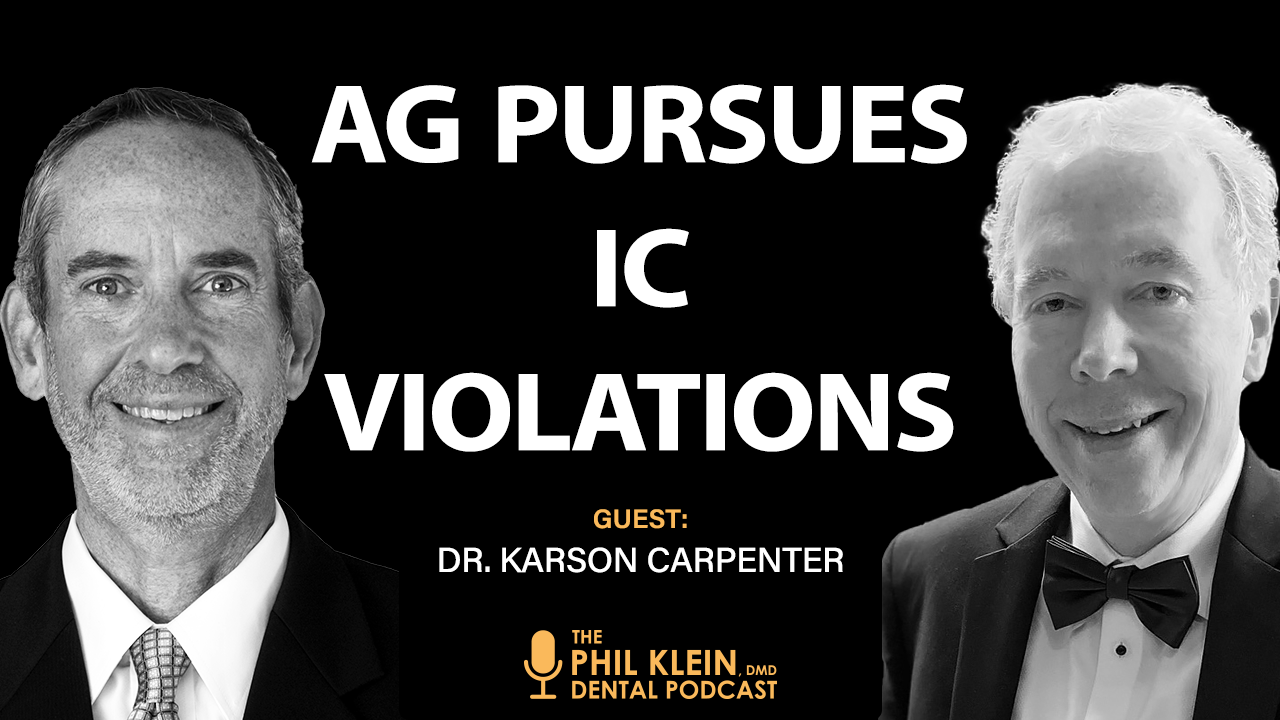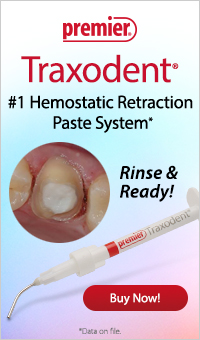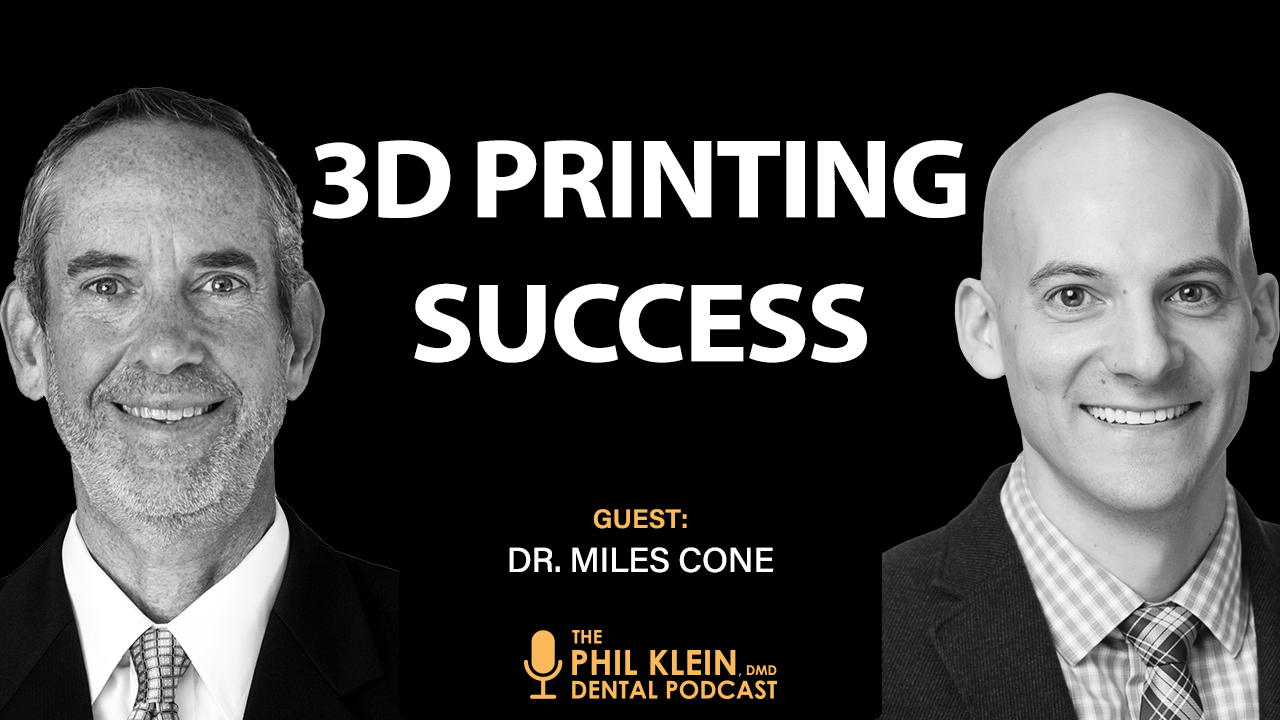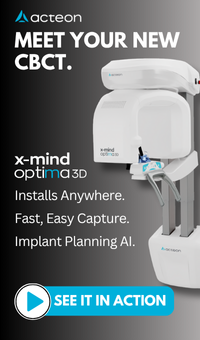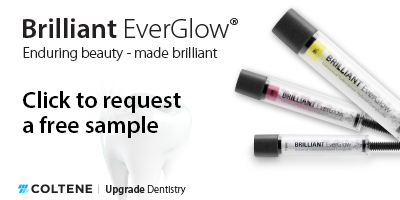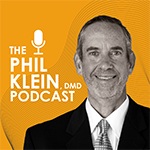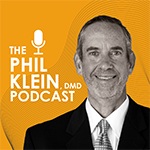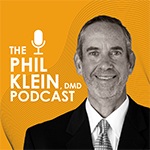Search for Live and On-Demand CE Classes
No live webinars match search criteria.
 |
Presenter: Timothy Bizga, D.D.S. CE Supporter: Centrix Release Date: 11/12/25 Expiration Date: 11/12/28 CE Credits: 1 CEU (Self-Study) View Full Description » |
 |
Presenter: Dr. Joy Void-Holmes, RDH, BSDH, DHSc CE Supporter: Centrix Release Date: 9/22/25 Expiration Date: 9/22/28 CE Credits: 1 CEU (Self-Study) View Full Description » |
 |
Presenter: Alicia Murria, RDH, MS CE Supporter: Centrix Release Date: 6/11/25 Expiration Date: 6/11/28 CE Credits: 1 CEU (Self-Study) View Full Description » |
 |
Presenter: Timothy Bizga, D.D.S. CE Supporter: Centrix Release Date: 10/28/24 Expiration Date: 10/28/27 CE Credits: 1 CEU (Self-Study) View Full Description » |
 |
Presenter: Dr. John Frachella CE Supporter: Centrix Release Date: 8/1/24 Expiration Date: 8/1/27 CE Credits: 1 CEU (Self-Study) View Full Description » |
 |
Presenter: Dr. Analia Veitz-Keenan CE Supporter: Centrix Release Date: 6/17/24 Expiration Date: 6/17/27 CE Credits: 1 CEU (Self-Study) View Full Description » |
 |
Presenter: Dr. Justin Cardarelli and Dr. Marmar Mesgarzadeh CE Supporter: Centrix Release Date: 4/15/24 Expiration Date: 4/15/27 CE Credits: 1 CEU (Self-Study) View Full Description » |
 |
Presenter: Catherine Cabanzon, RDH CE Supporter: Centrix Release Date: 10/12/23 Expiration Date: 10/12/26 CE Credits: 1 CEU (Self-Study) View Full Description » |
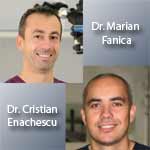 |
Presenter: Dr. Marian Fanica and Dr. Cristian Enachescu CE Supporter: Centrix Release Date: 6/29/23 Expiration Date: 6/29/26 CE Credits: 1 CEU (Self-Study) View Full Description » |
 |
Presenter: Catherine Cabanzon, RDH CE Supporter: Centrix Release Date: 3/27/23 Expiration Date: 3/27/26 CE Credits: 1 CEU (Self-Study) View Full Description » |
Showing 10 most recent (View all Episodes »)
|
Episode 691: Targeted Prevention: The Power of Thorough Risk Assessment View All Episodes from: Centrix Dental Podcast Series |
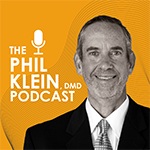 Series: Centrix
CE Credits: 0.5
Series: Centrix
CE Credits: 0.5
Presenter: Alicia Murria, RDH, MS Release Date: 8/4/25 |
|
Episode 591: Treating Decay Medically: No Drilling, No Anesthesia; Restoring with Silver Diamine Fluoride and GI View All Episodes from: Centrix Dental Podcast Series |
 Series: Centrix
CE Credits: 0.25
Series: Centrix
CE Credits: 0.25
Presenter: Dr. John Frachella Release Date: 8/14/24 |
|
Episode 447: Secondary Caries: We All See Them, How Do We Shortcut Their Occurrence? View All Episodes from: Centrix Dental Podcast Series |
 Series: Centrix
CE Credits: 0.25
Series: Centrix
CE Credits: 0.25
Presenter: Dr. Jean Creasey Release Date: 1/23/23 |
|
Episode 445: Temporization - How Do I Make Sense Out Of The Mish-Mash Of Information And Products? View All Episodes from: Centrix Dental Podcast Series |
 Series: Centrix
CE Credits: 0.5
Series: Centrix
CE Credits: 0.5
Presenter: Dr. Gregori Kurtzman Release Date: 1/16/23 |
|
Episode 404: Prevention-Centered Success: A Win for the Dental Team, the Patient and the Practice View All Episodes from: Centrix Dental Podcast Series |
 Series: Centrix
CE Credits: 0.25
Series: Centrix
CE Credits: 0.25
Presenter: Dr. Jean Creasey Release Date: 7/25/22 |
|
Episode 355: Whether it's Analog or Digital Impressioning - The Secret is Soft Tissue Management View All Episodes from: Centrix Dental Podcast Series |
 Series: Centrix
CE Credits: 0.25
Series: Centrix
CE Credits: 0.25
Presenter: Dr. Marian Fanica Release Date: 12/15/21 |
|
Episode 349: Let’s Talk Beautiful Temporaries that Prepare Your Patients for Beautiful Final Restorations View All Episodes from: Centrix Dental Podcast Series |
 Series: Centrix
CE Credits: 0.25
Series: Centrix
CE Credits: 0.25
Presenter: Dr. Marian Fanica Release Date: 12/1/21 |
|
Episode 321: Changing Office Protocols to Integrate Prevention and Fluoride for Every Patient, Adult and Child View All Episodes from: Centrix Dental Podcast Series |
 Series: Centrix
CE Credits: 0.25
Series: Centrix
CE Credits: 0.25
Presenter: Catherine Cabanzon, RDH Release Date: 8/30/21 |
|
Episode 294: Jump Start Your Adult Preventive Care Program: Communicating the Right Message is Key View All Episodes from: Centrix Dental Podcast Series |
 Series: Centrix
CE Credits: 0.25
Series: Centrix
CE Credits: 0.25
Presenter: Catherine Cabanzon, RDH Release Date: 5/10/21 |
|
Episode 245: Preventing Cross-Contamination in Your Practice View All Episodes from: Centrix Dental Podcast Series |
 Series: Centrix
CE Credits: 0.25
Series: Centrix
CE Credits: 0.25
Presenter: Dr. Marian Fanica Release Date: 9/15/20 |









